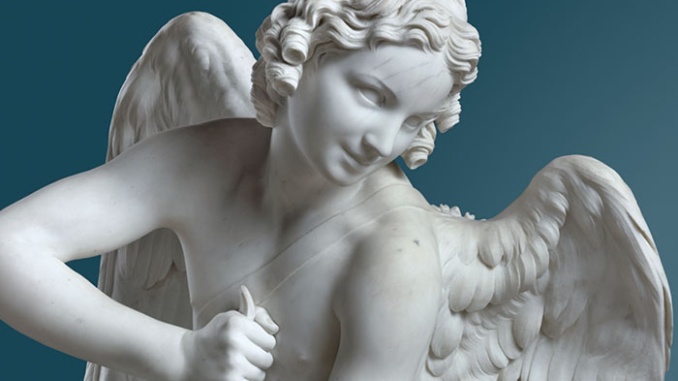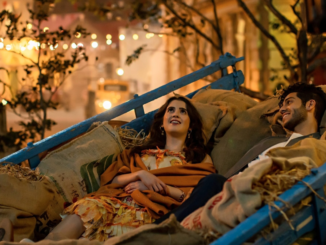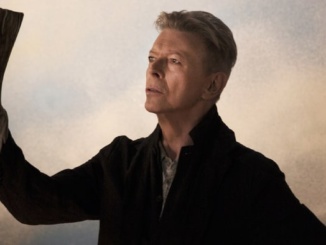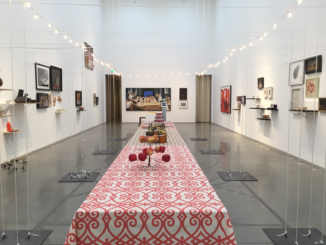
By Lilia Marmolejo
Staff Writer
The Getty center’s newest exhibition, “Bouchardon: Royal Artist of the Enlightenment,” features the art of Edme Bouchardon, displaying his artistic talent and incredible skills in creating relationships between drawings and sculptures.
Bouchard’s works featured “Bouchardon: Royal Artist of the Enlightenment,” consists of both red chalk drawings and marble sculptures that highlight his obvious passion for ancient art. The exhibit displays a wonderful array of his work.
Bouchardon was an artist in Rome during the 17th century Renaissance and early Baroque period. Although Bouchardon was famous for his works in which he mimicked painter Gian Lorenzo Bernini’s style, he also created original sculptures and paintings that depict the daily lives of aristocrats and peasants.
The exhibit’s layout consists of multiple rooms with dark blue-colored walls that set a serious tone to gallery. The first and second rooms hold Bouchardon sculptures, religious art and some of his red chalk works. The third room consist of his coin designs for currency. The fourth and fifth room are made up of statues and art of the Roman demigod cupid and multiple drawings of horses.
Detailed images and unfinished sketches of fountains are displayed in the first room of the exhibition. Bouchard is unique for his love of architectural design, allowing him to illustrate fountains by combining his experience with sculptural works into architecture.
The largest statue by Bouchard is “The Virgin of Sorrows” made in 1738. Is displayed in the second room of the exhibition and is presented on an elevated platform highlighted by a spotlight, which allows the sculpture to glow. Its enormous size is impressive, immediately drawing the viewer’s attention.
Unlike most artist in his era, Bouchard illustrated using red chalk or carved using marble, which was new and inventive for his time. He also rarely used vibrant colors. This lead to the creation of an entirely new and interesting style of art named “Rococo” that is displayed in the fourth room, introducing viewers to Bouchard’s unique style.
Bouchard’s religious paintings on display are very diverse, ranging in styles. His sketches have a careless, mysterious appearance that incorporates criss-cross patterns and shading. Bouchardon’s most stirring religious sculpture on display is of Pope Clement XII that is on a pedestal with lighting under.
Further demonstrating Bouchardon’s versatility is his interest adding a mystical quality to the prece in animal anatomy. Bouchard studied horses, allowing him to depict them in an ecorche and anatomical style. Pieces on display include those of a horse’s body with its skin removed to study the underlying musculature, exposing viewers to Borchard’s creative process.
Bouchardon’s work on display in “Bouchardon: Royal Artist of the Enlightenment” at the Getty is astonishing. His work is fascinating, creating a unique juxtaposition between primal use of red chalk and his passion for ancient art.
“Bouchardon Royal Artist of the Enlightenment” is available for free viewing in the Getty Center, located at 1200 Getty Center Dr, Los Angeles, until April 2.




Leave a Reply